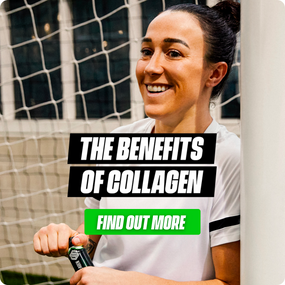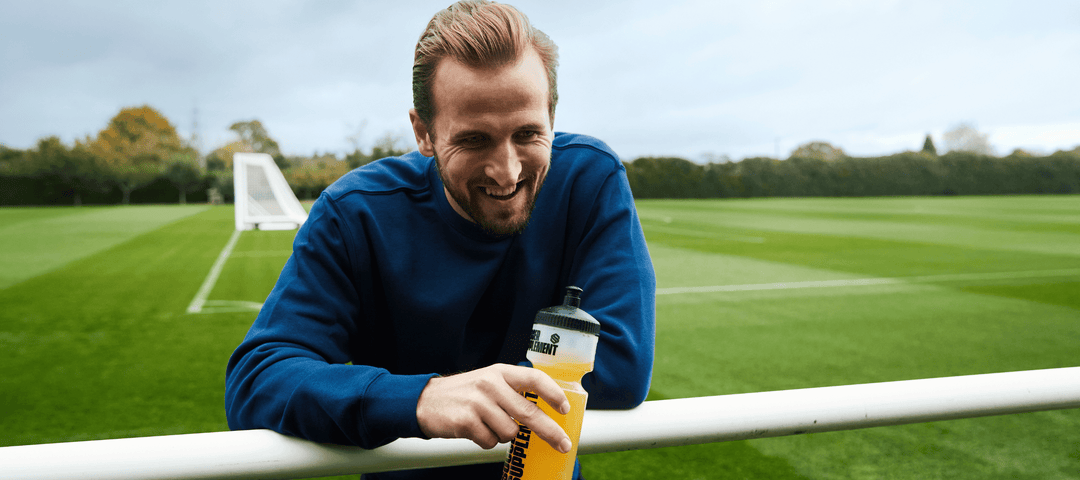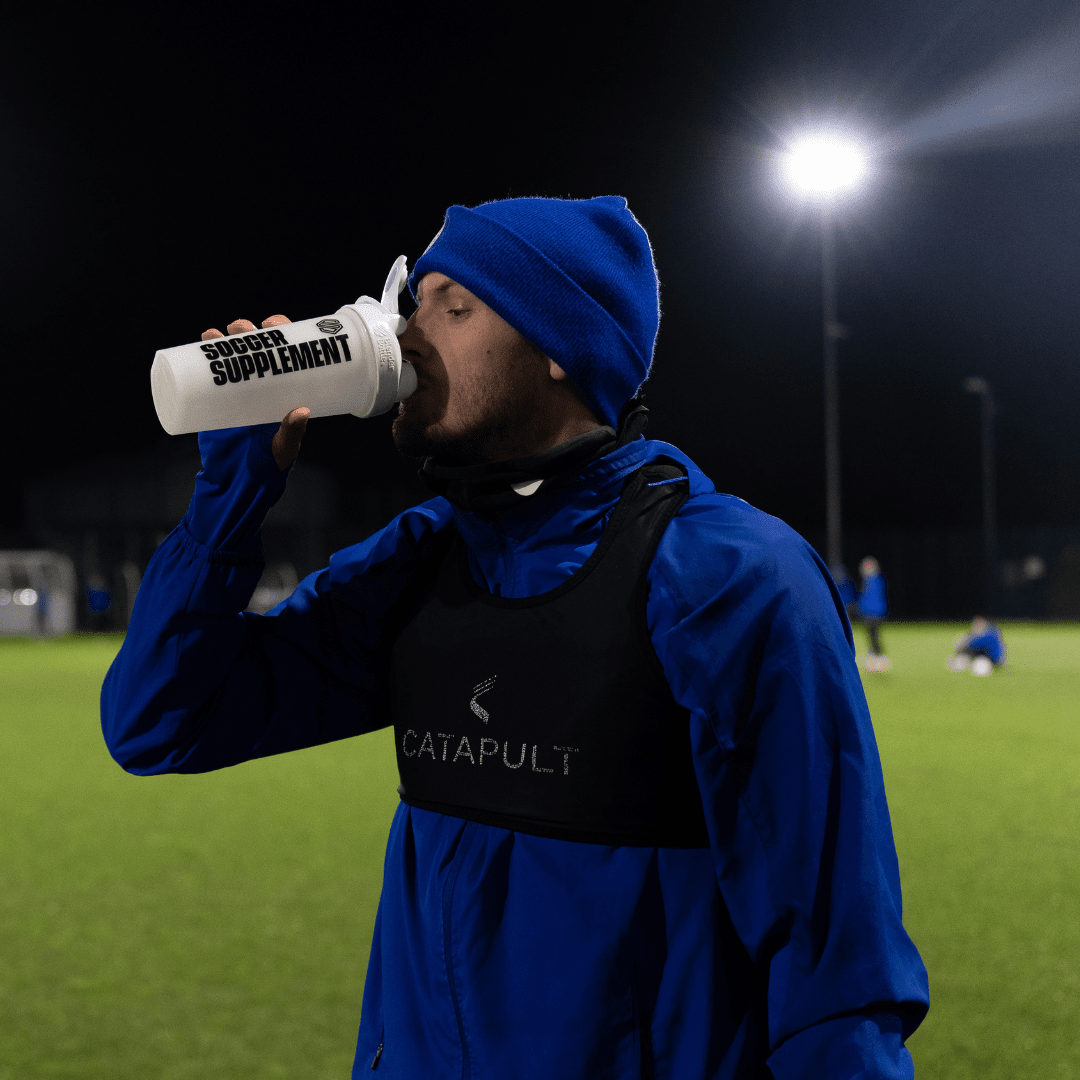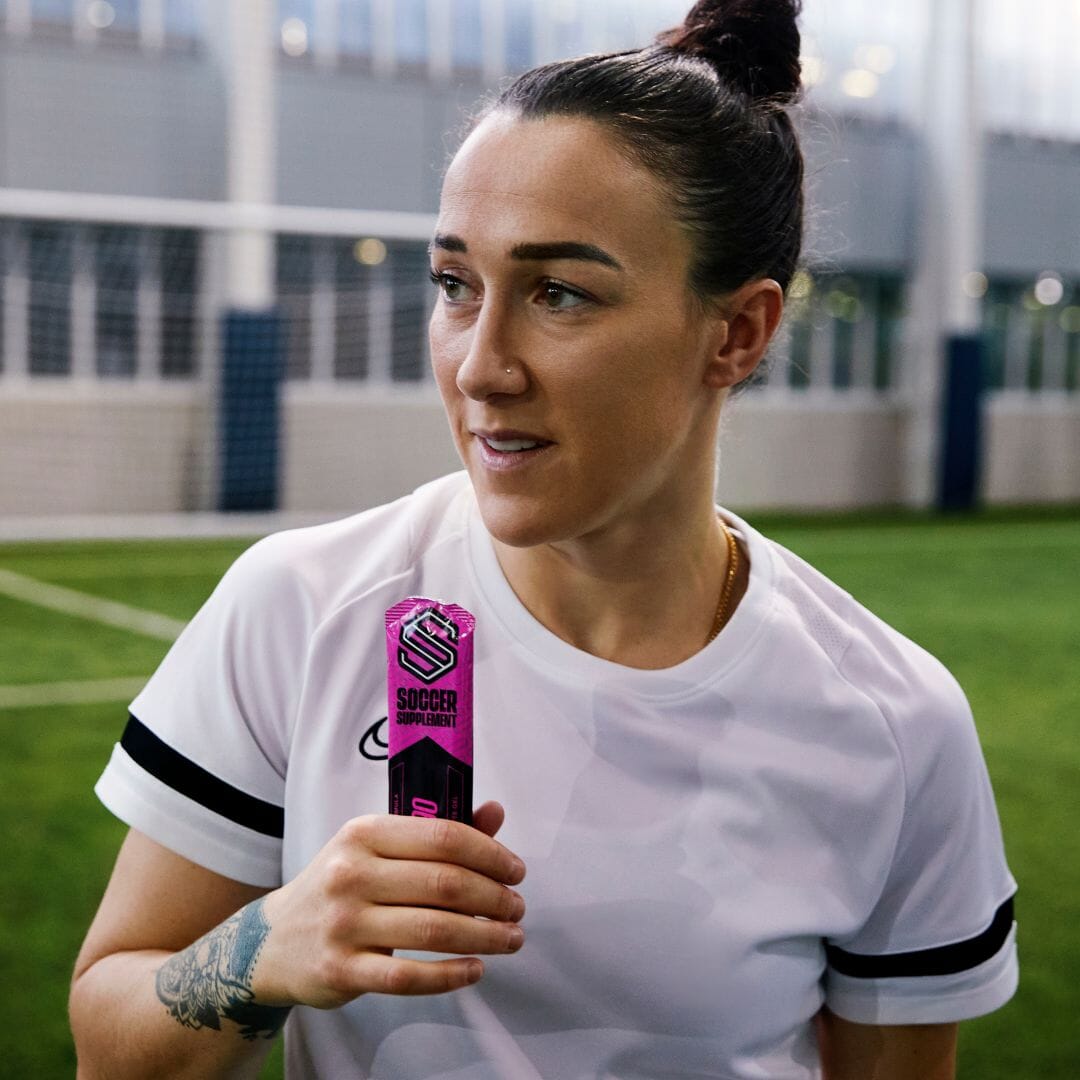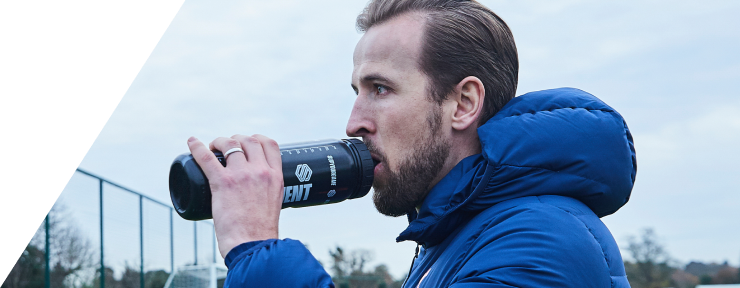
In the professional game, recovery is a key process for optimal performance during a rigorous season schedule. From reducing fatigue and soreness after training and matches to optimising adaptation, recovery is a foundation principle in all professional training plans. However, this is very often overlooked in amateur football, where players likely shoot off to the pub for a few pints after the game. Fortunately, there are some simple strategies that can be utilised in the amateur game which might just stop you feeling like the tin man walking into work on Monday morning.
Nutrition (Creating a Footballer's Diet) and sleep are the big two when it comes to recovery protocols, so we will avoid them for now and focus on the following:
- Part 1: Foam Rolling
- Part 2: Compression garments
- Part 3: Cold Water Therapy/Ice Baths
Part 1: Foam Rolling
Foam rolling consists of rolling on top of a piece of tubing covered in some patterned foam, using your bodyweight to create pressure. More scientifically, this is also known as “Self-Myofascial Release”, a manipulation of the local muscle tissue and the connective tissue which surrounds them. Strenuous exercise such as football matches causes damage to muscle fibres which leads to feelings tightness and soreness in the coming days, known as Delayed Onset Muscle Soreness (DOMS). DOMS peaks at 24-72 hours and is the focus of foam rolling.
From the moderate body of research on the topic, the key outcome is that foam rolling can reduce these feelings of soreness and tightness in our muscles, potentially bringing the peak of DOMS forwards to the 24-hour end of the timeframe post-exercise. For instance, in 2014 MacDonald et al investigated the effects of foam rolling on the soreness associated with Exercise Induced Muscle Damage (EIMD). They had subjects carry out 10 sets of 10 repetitions of a back squat, with emphasis on a slow eccentric phase to cause significant EIMD. The subjects were split into two groups; A Foam Rolling group and a Control group:
- Foam Rolling group: 20 minutes of foam rolling immediately after the squat protocol, as well as at 24 and 48 hours post-squatting.
- Control group: No recovery protocol.
A key outcome measure of the study was perceived muscle soreness, tested at 0hrs, 24hrs, 48hrs and 72hrs post-exercise. The results of this study showed that muscle soreness in the Foam Rolling group peaked at 24 hours after EIMD was caused, compared with 48 hours in the Control group. These results highlight that a short bout of foam rolling can significantly reduce DOMS associated with muscle damage caused by strenuous exercise, also causing soreness to peak earlier and, in turn, the body to recover quicker.
So how do we do it? Well, it’s fairly straightforward but we can take some advice from the current research.
- Spend 30-60s on each muscle group working slowly through the tissue. 2/3 sets on each muscle group is a sensible routine.
- Focus on any tender spots and give them a little extra attention.
- Alter your body position to change the degree of pressure (One leg on top of the other vs opposite leg on the floor).
- Carry out as soon after exercise as you can; however, it will have benefit any time in the 0-72hr period post exercise (Whilst watching the X Factor perhaps?).
There will likely be some discomfort during this given you have just undertaken intense exercise. However, you do not have to tolerate significant pain – listen to your body.
RECOMMENDATIONS:
- Foam rolling is a cheap and effective tool which can be easily utilised by footballers at any level
- Carry out 0-72hrs post session to reduce DOMS
- Work through each muscle group thoroughly in turn – 30-60s per muscle group, 2/3 sets
Click here to read Part 2: Compression Garments
Click here to shop our range of footballer performance supplements.
Reference
MacDonald, G.Z., Button, D.C., Drinkwater, E.J. and Behm, D.G., 2014. Foam rolling as a recovery tool after an intense bout of physical activity. Med Sci Sports Exerc, 46(1), pp.131-142.



